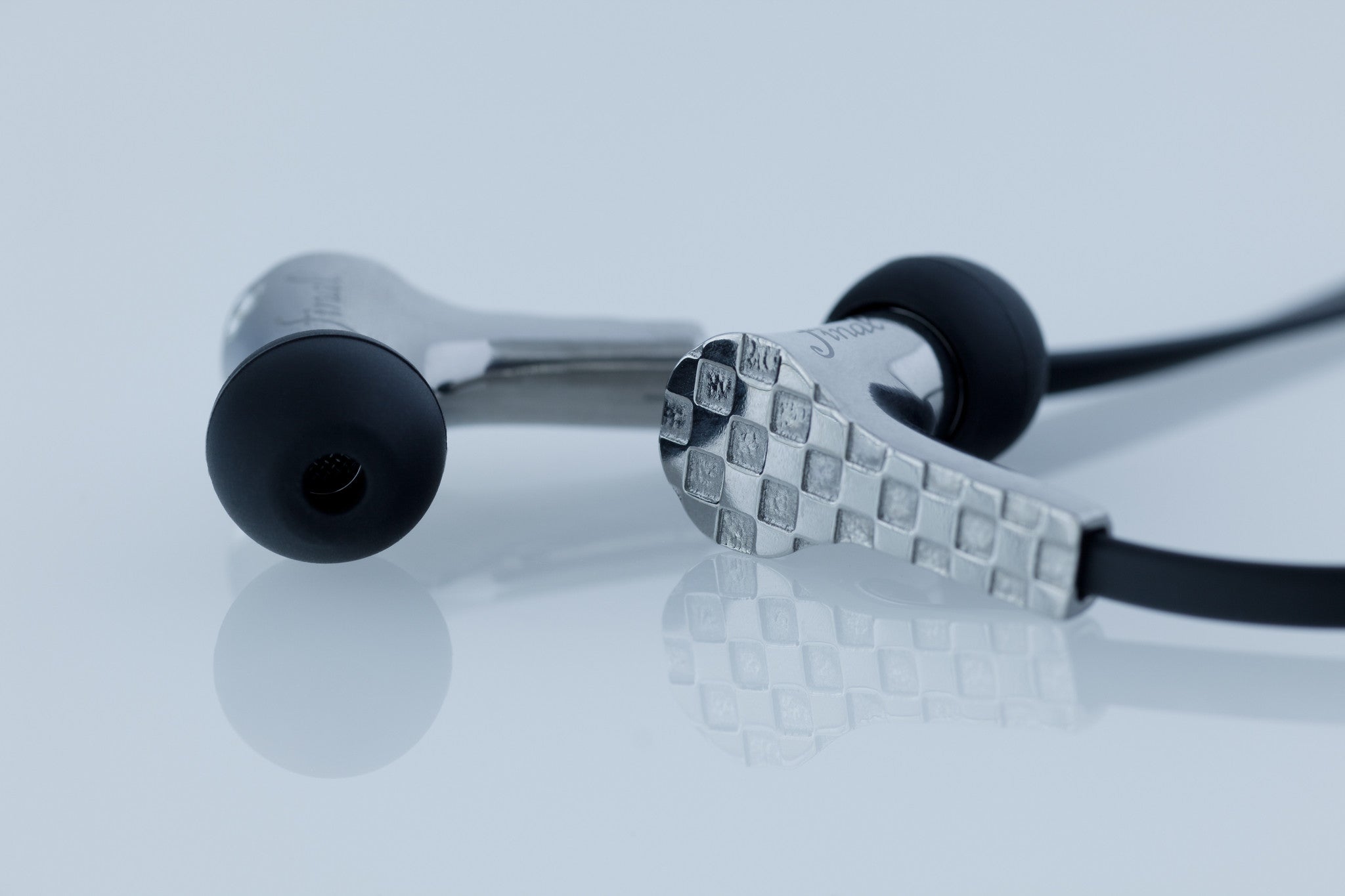
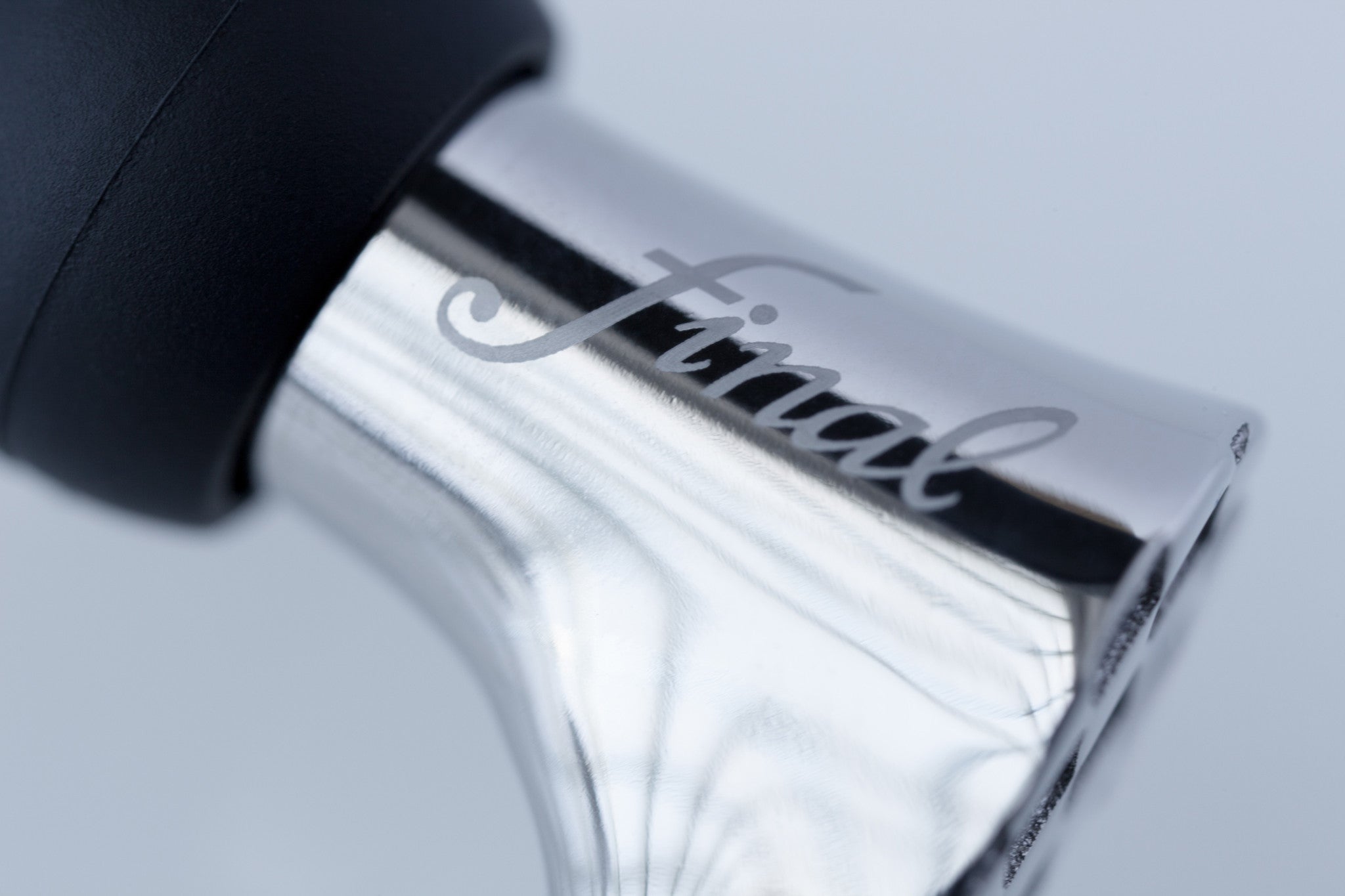
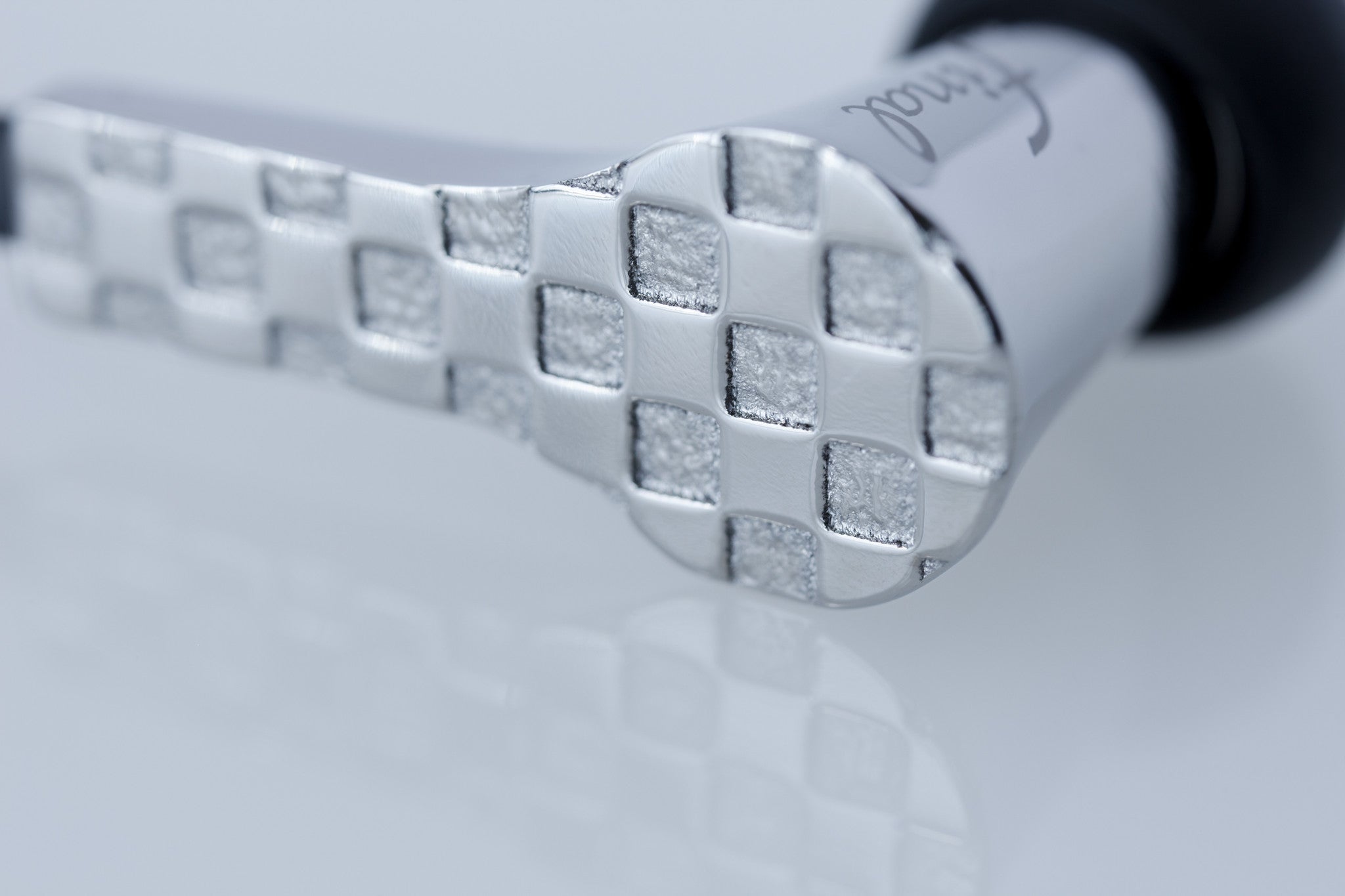
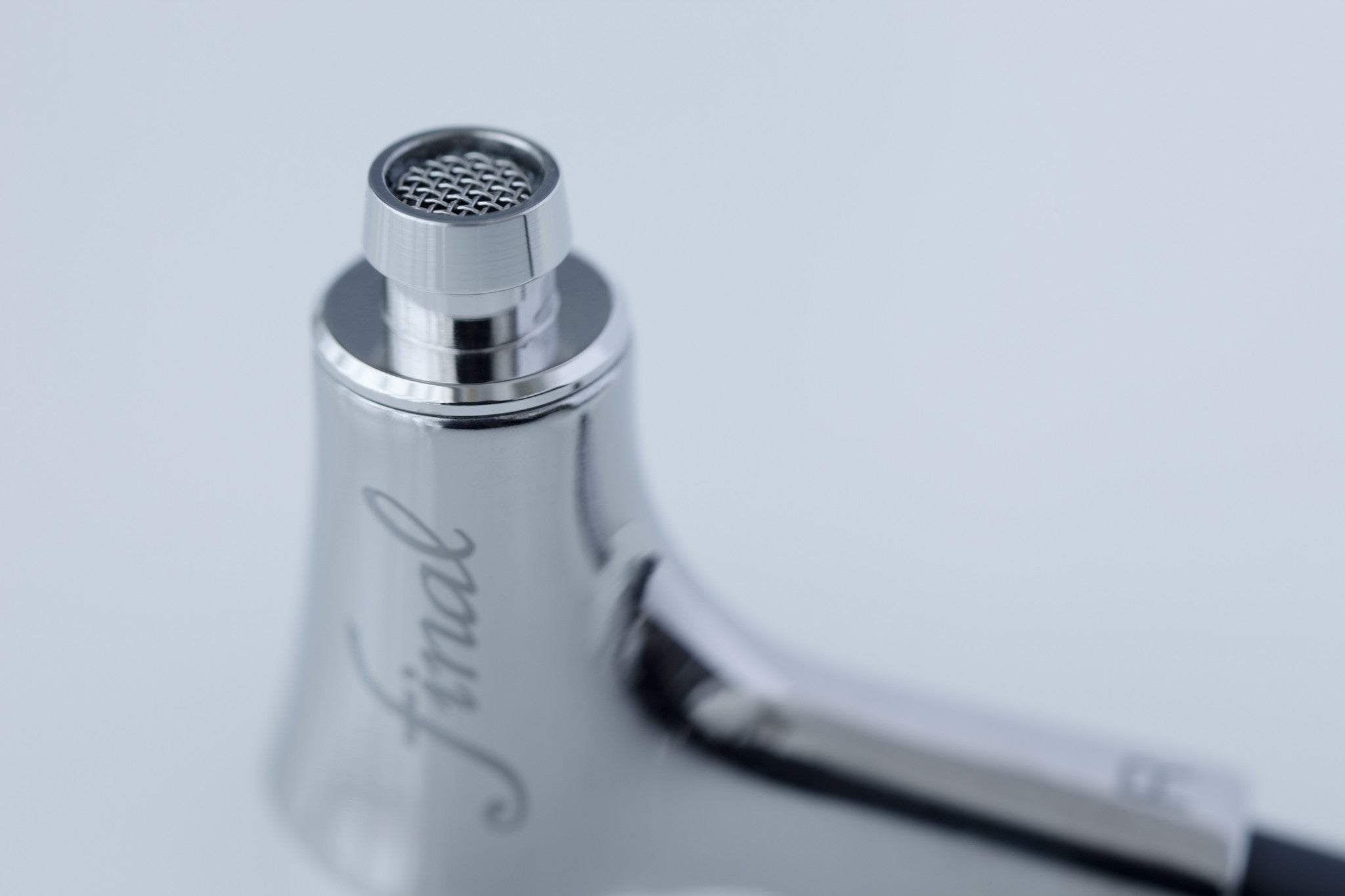
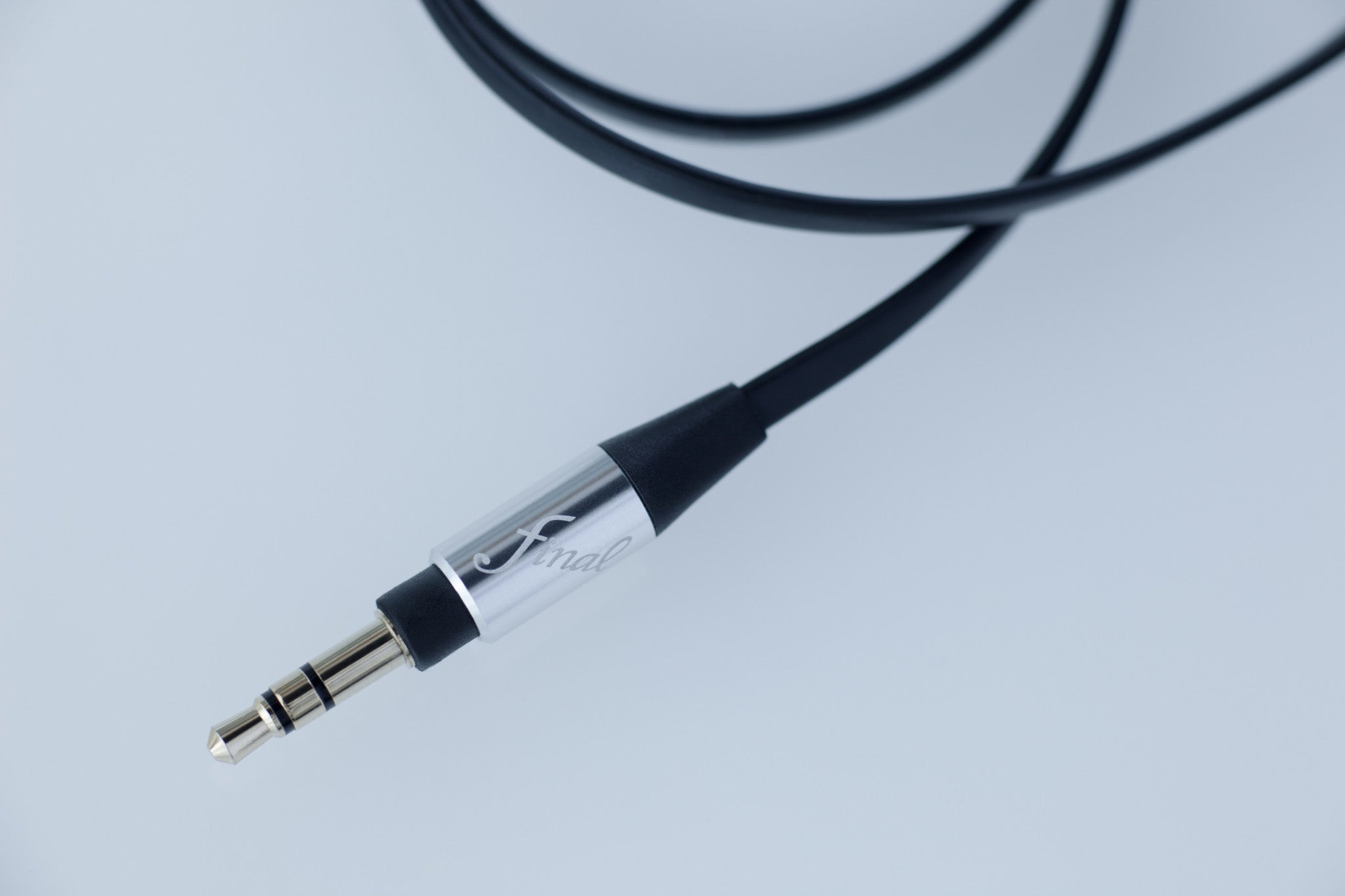
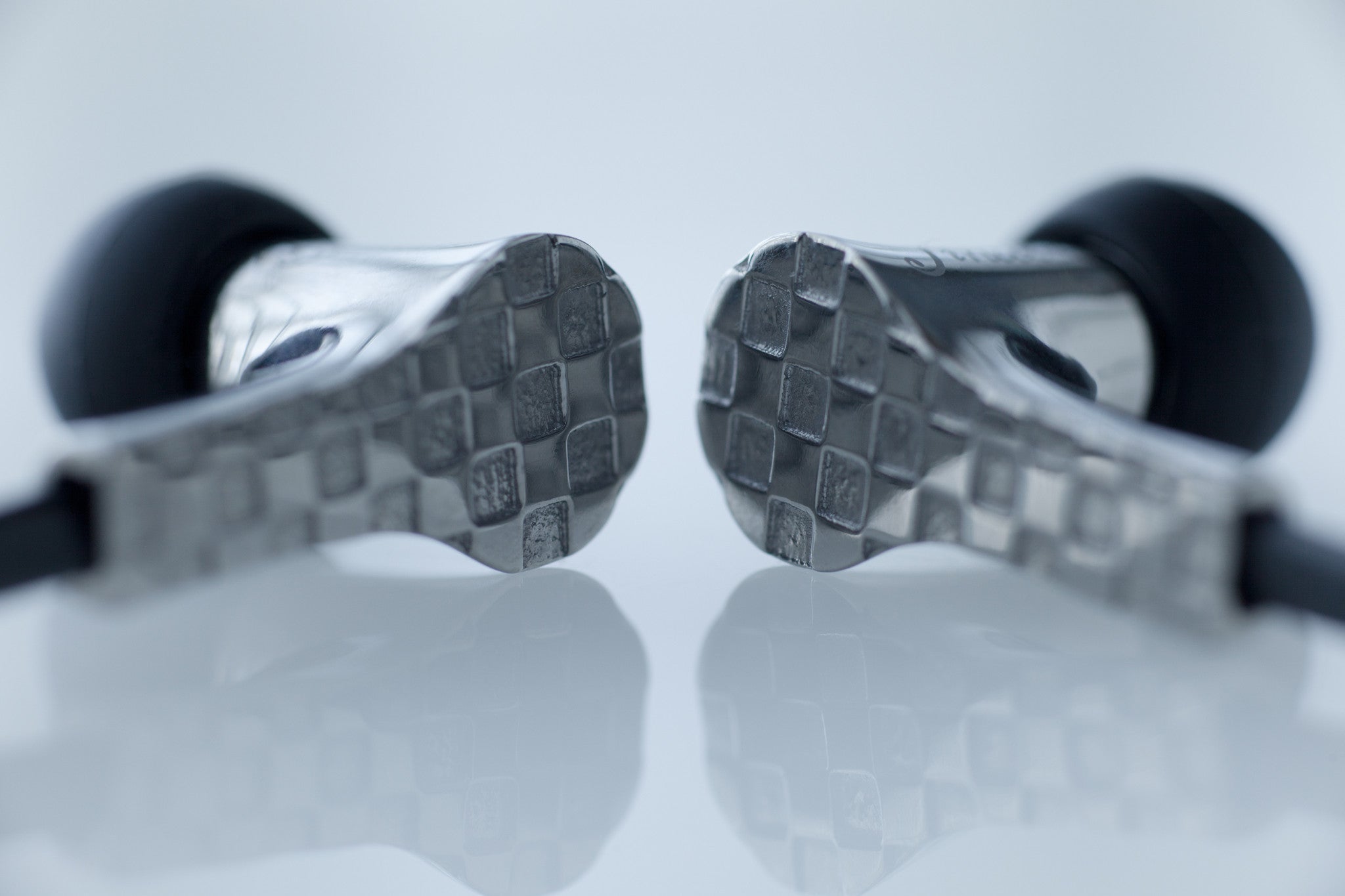


Final LAB I
Tax excluded. Shipping calculated at checkout
Pickup available at Jaben @ The Adelphi
Usually ready in 24 hours

Final LAB I
Jaben @ The Adelphi
1 Coleman St, #01-25
The Adelphi
Singapore 179803
Singapore

Final LAB I
Sale price$2,418.69 SGD
Regular price$2,418.69 SGD (/)

Final LAB I
Sale price$2,418.69 SGD

